In construction, illumination is not just about brightening up the work site; it’s about safety, productivity, and efficiency. Temporary lighting solutions have become indispensable in construction projects, offering flexibility, adaptability, and sometimes even innovation. Today, we delve into the latest developments in illuminating the work site, exploring how technology transforms this essential aspect of construction.
- The Evolution of Temporary Lighting:
Temporary lighting has come a long way from simple incandescent bulbs on a string. Today, construction sites utilize a variety of lighting options, from LED towers to solar-powered fixtures. These innovations not only provide better illumination but also reduce energy consumption and environmental impact. Companies are increasingly investing in lighting solutions that are durable, portable, and easy to deploy, enhancing safety and efficiency on the job site.
- LED Technology: Lighting the Way Forward:
LED technology has revolutionized temporary lighting in construction. LED lights are more energy-efficient, durable, and versatile compared to traditional lighting sources. They provide bright, uniform illumination, making them ideal for construction sites where visibility is crucial. Moreover, LED lights are compact and lightweight, making them easy to transport and install. With the rapid advancements in LED technology, we can expect even more efficient and cost-effective lighting solutions soon.
- Smart Lighting Systems:
The integration of smart technology into temporary lighting systems is another exciting development in the construction industry. Smart lighting systems offer features such as remote monitoring, dimming controls, and motion sensors, allowing for greater customization and energy savings. These systems can also provide valuable data insights, helping construction managers optimize lighting usage and improve overall site safety. As smart technology continues to evolve, we can anticipate even more innovative lighting solutions tailored to the specific needs of construction sites.
- Sustainable Lighting Solutions:
With sustainability becoming a top priority in construction, there is a growing demand for eco-friendly lighting solutions. Solar-powered lights, for example, harness renewable energy to provide illumination without relying on grid electricity. Similarly, energy-efficient LED lights reduce power consumption and carbon emissions, contributing to a greener construction industry. As sustainability initiatives continue to gain momentum, we can expect to see more innovative approaches to temporary lighting that prioritize environmental stewardship.
- Future Trends and Innovations:
Looking ahead, the future of temporary lighting in construction holds immense potential for further innovation. Advancements in battery technology, for instance, could lead to more efficient and long-lasting portable lighting solutions. Additionally, the integration of artificial intelligence and automation may enable lighting systems to adapt dynamically to changing environmental conditions, further enhancing efficiency and safety on construction sites. By staying abreast of these emerging trends and technologies, construction companies can ensure they are equipped with the most cutting-edge lighting solutions to meet the demands of tomorrow.
In the fast-paced world of construction, temporary lighting plays a crucial role in ensuring safety, productivity, and efficiency on the job site. From LED technology to smart lighting systems and sustainable solutions, the landscape of temporary lighting is constantly evolving. By embracing these developments and investing in innovative lighting solutions, construction companies can illuminate their work sites with confidence, knowing they are equipped with the latest tools to tackle any project. As we look to the future, the possibilities for temporary lighting are indeed luminous.


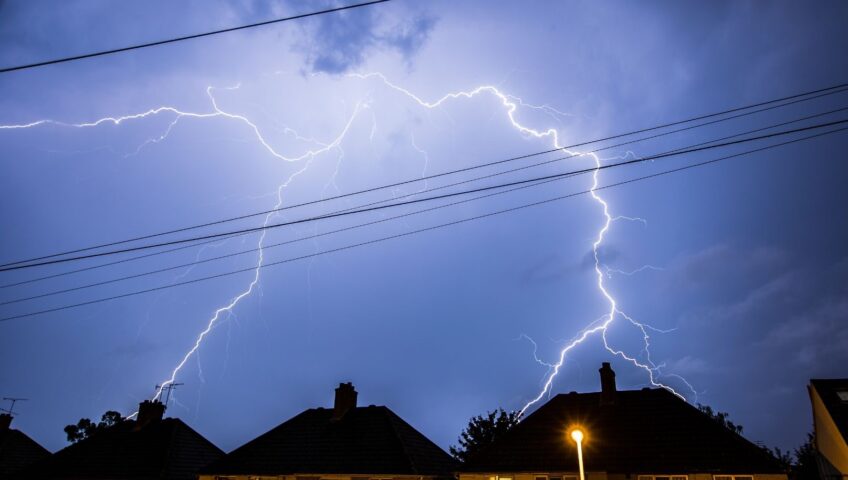


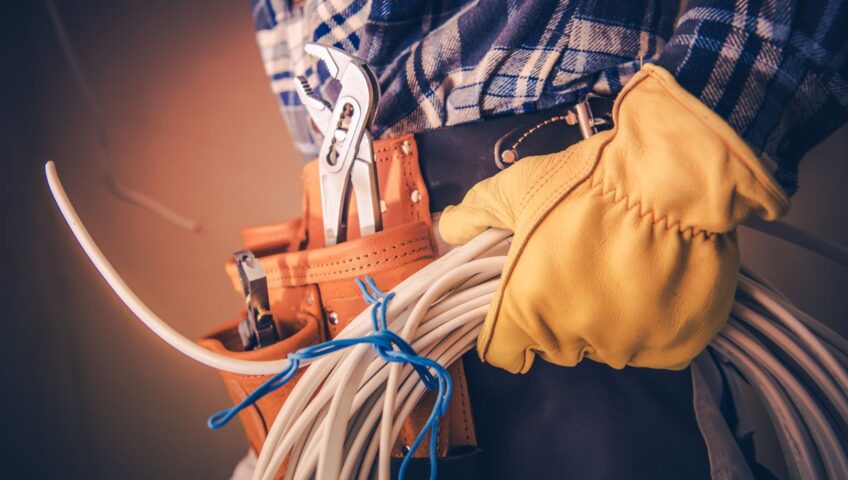
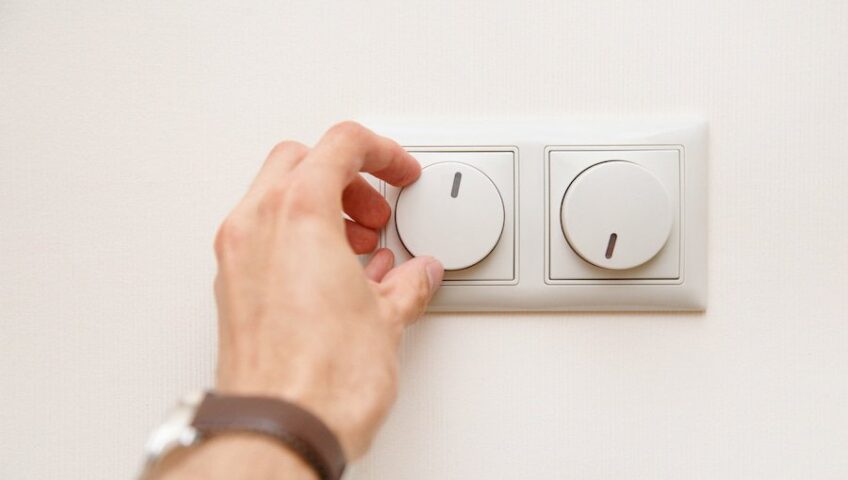

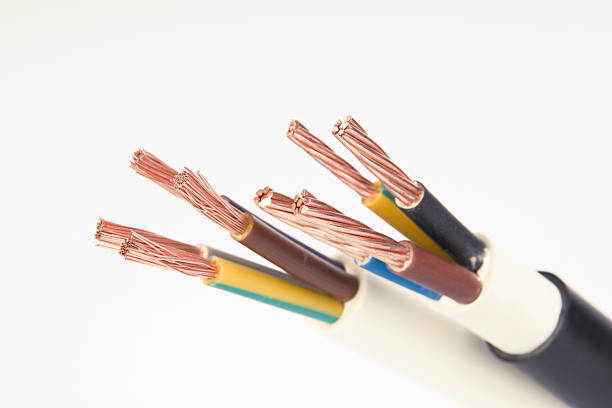


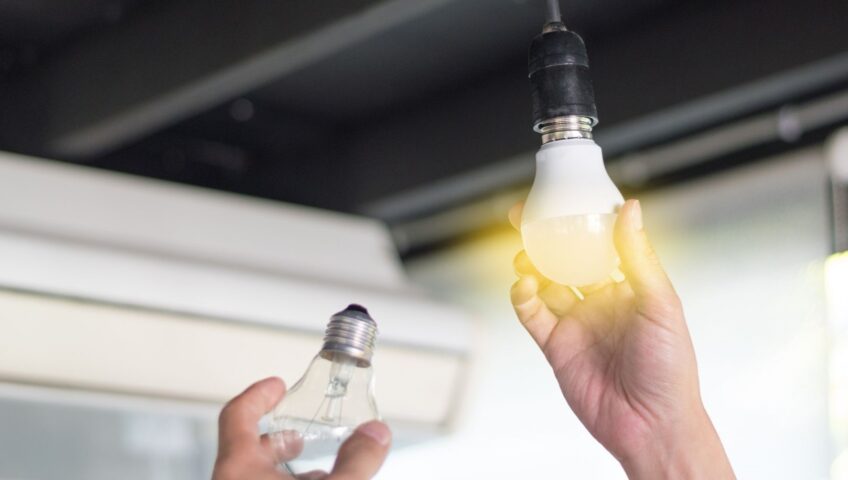
Recent Comments